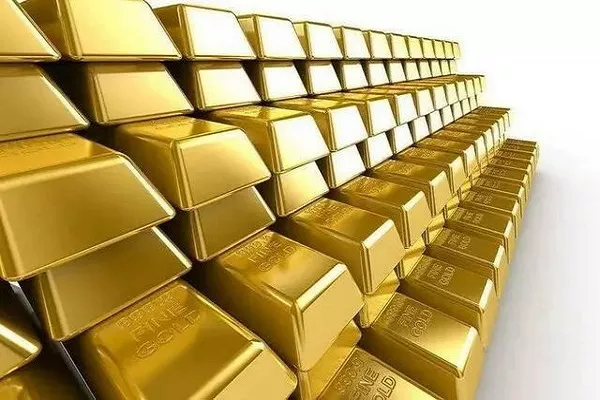In times of economic turbulence, commodities are typically viewed as a safer investment compared to stocks due to their foundational role in society’s infrastructure. However, Goldman Sachs has recently flagged significant risks in the current commodity market, identifying gold as the most reliable hedge against potential value loss.
Goldman Sachs’ latest commodities update underscores the diversified role of commodities in investment portfolios, citing their ability to hedge against supply disruptions—particularly in energy—and the potential for notable rallies in select industrial metals due to long supply cycles and growing demand for green metals driven by energy security and decarbonization. Yet, given the current cyclical downturn, the firm has decided to close its 2024 Deficits Basket recommendation with an 8% gain and refocus on its strongest convictions: increased oil volatility, long positions in gold, and short positions in long-dated European gas.
Despite winding down various commodity investments, Goldman Sachs remains bullish on gold, forecasting substantial near-term gains. The firm has set a price target of $2,700 per ounce for early 2025. Analysts have initiated a gold trading recommendation based on three key factors:
Increased Central Bank Purchases: Analysts point to a significant increase in central bank gold purchases since mid-2022, driven by concerns over U.S. financial sanctions and sovereign debt. This trend is expected to persist.
Anticipated Fed Rate Cuts: Expected reductions in Federal Reserve rates are anticipated to attract Western capital back into the gold market, a factor previously missing from the gold rally of the last two years.
Hedging Against Geopolitical Risks: Gold is seen as a strong hedge against geopolitical uncertainties, including tariffs, Fed policy shifts, and debt concerns. Goldman Sachs’ analysis suggests a 15% potential upside in gold prices under scenarios of increased financial sanctions or widening U.S. CDS spreads.
Despite adjusting its price target from year-end 2024 to early 2025 due to the sensitivity of the Chinese market to recent price increases, Goldman Sachs believes that this same sensitivity might also protect against significant price declines, potentially reigniting Chinese demand.
Central bank buying has reached unprecedented levels, with net purchases totaling 483 tonnes in the first half of 2024, surpassing the previous record of 460 tonnes set in the same period of 2023. The Kobeissi Letter highlights that while Q2 2024 saw 183 tonnes of purchases—up 6% year-over-year—this was a 39% decline from the 300 tonnes bought in Q1.
This surge in central bank gold acquisitions prompts the Kobeissi Letter to question the contrast between the call for a ‘soft landing’ and the substantial gold stockpiling. While Goldman Sachs remains optimistic about gold’s performance through late 2024 and into 2025, and the Kobeissi Letter anticipates continued central bank demand, the metal must first navigate September—a historically challenging month since 2016. Nonetheless, with ongoing global debt accumulation, gold’s strength in the first half of 2024 is likely to persist, driven by currency debasement concerns.


